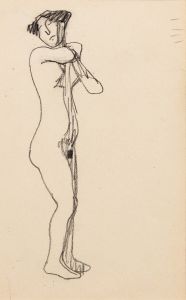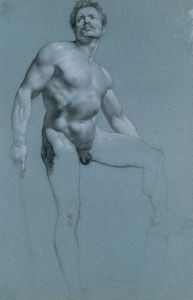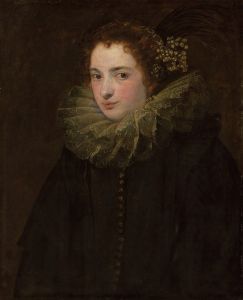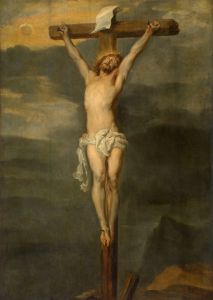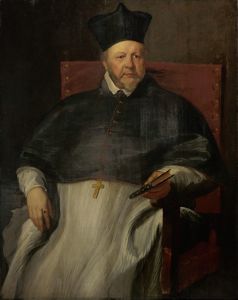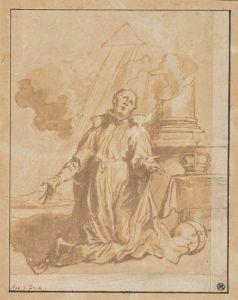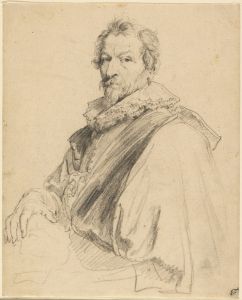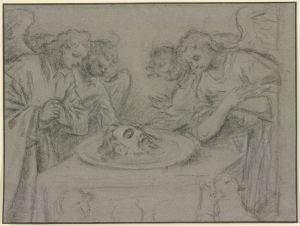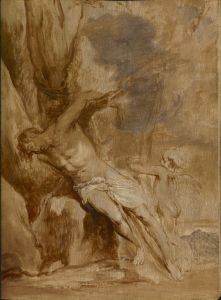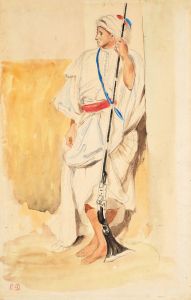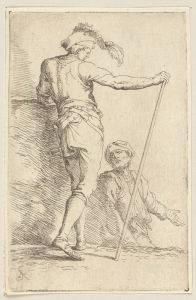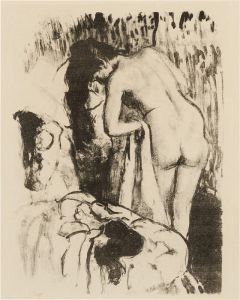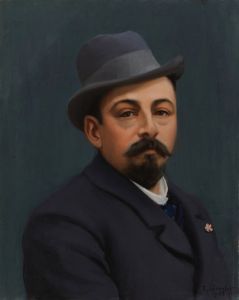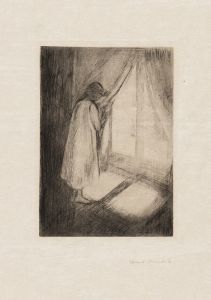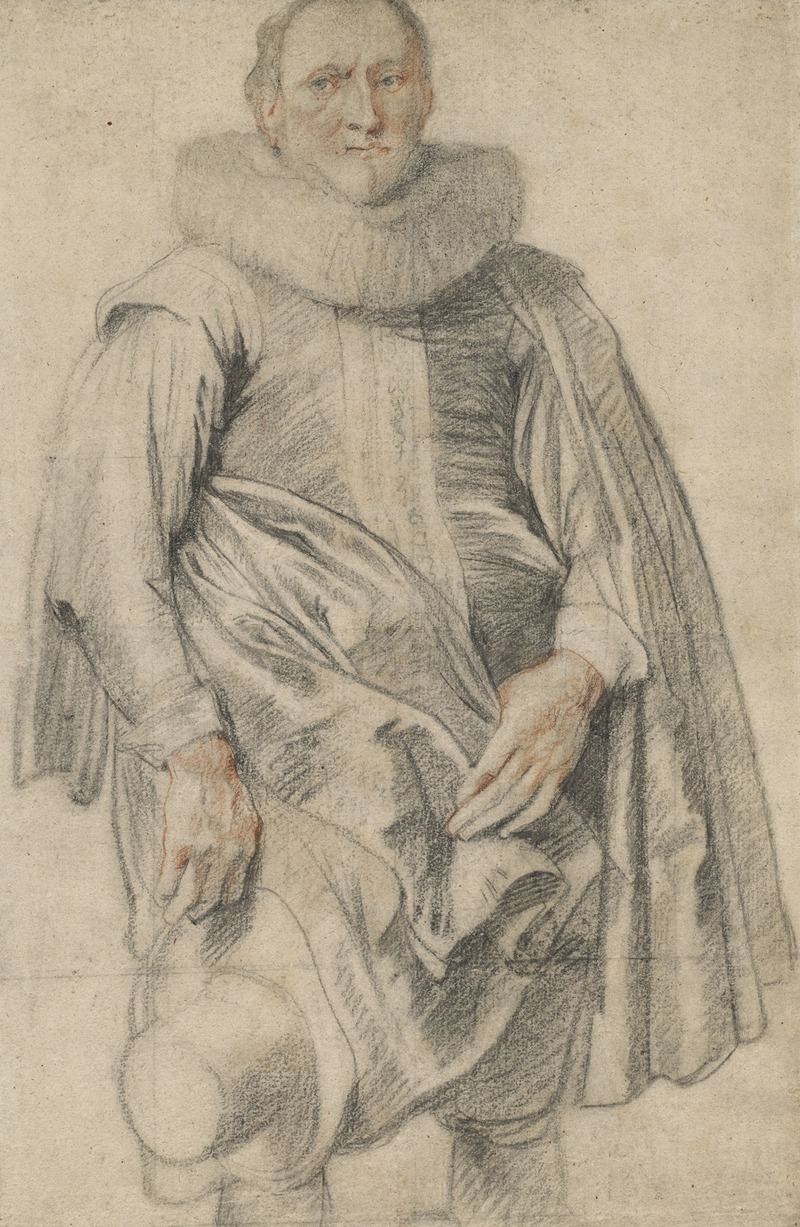
Portrait of a Man Standing
A hand-painted replica of Anthony van Dyck’s masterpiece Portrait of a Man Standing, meticulously crafted by professional artists to capture the true essence of the original. Each piece is created with museum-quality canvas and rare mineral pigments, carefully painted by experienced artists with delicate brushstrokes and rich, layered colors to perfectly recreate the texture of the original artwork. Unlike machine-printed reproductions, this hand-painted version brings the painting to life, infused with the artist’s emotions and skill in every stroke. Whether for personal collection or home decoration, it instantly elevates the artistic atmosphere of any space.
"Portrait of a Man Standing" is a painting by the renowned Flemish Baroque artist Anthony van Dyck. Van Dyck, born in 1599 in Antwerp, was a prominent painter known for his portraits of European aristocracy and his significant contributions to the Baroque style. He was a leading court painter in England and had a profound influence on English portraiture.
The painting "Portrait of a Man Standing" exemplifies van Dyck's skill in capturing the elegance and stature of his subjects. The work features a full-length portrait of an unidentified man, standing in a poised and dignified manner. The subject is dressed in the fashionable attire of the early 17th century, which includes a richly adorned doublet and breeches, complemented by a cloak and lace collar. The attention to detail in the clothing and the texture of the fabrics highlights van Dyck's meticulous approach to rendering his subjects' appearances.
Van Dyck's use of light and shadow in this painting is particularly noteworthy. The subtle gradations of light across the figure's face and clothing create a sense of depth and three-dimensionality, bringing the subject to life. The background is typically subdued, ensuring that the focus remains on the figure. This technique was a hallmark of van Dyck's portraiture, allowing the personality and status of the sitter to be the central elements of the composition.
The identity of the man in the portrait remains unknown, which is not uncommon for many of van Dyck's works, especially those that were not commissioned by prominent figures whose identities were well-documented. Despite this, the painting provides valuable insight into the fashion, demeanor, and social expectations of the period.
Anthony van Dyck's career was marked by his travels and work across Europe. After training with Peter Paul Rubens in Antwerp, van Dyck spent time in Italy, where he studied the works of the great masters and refined his style. He later moved to England, where he became the principal court painter to King Charles I. His portraits of the English nobility and royalty are among his most celebrated works.
"Portrait of a Man Standing" is a testament to van Dyck's ability to convey the character and status of his subjects through portraiture. His influence extended beyond his lifetime, shaping the development of portrait painting in England and across Europe. Today, van Dyck's works are held in high esteem and can be found in major art collections and museums around the world.
This painting, like many of van Dyck's works, continues to be studied and admired for its artistic excellence and historical significance. It remains an important example of Baroque portraiture and a reflection of the cultural and social milieu of the 17th century.





